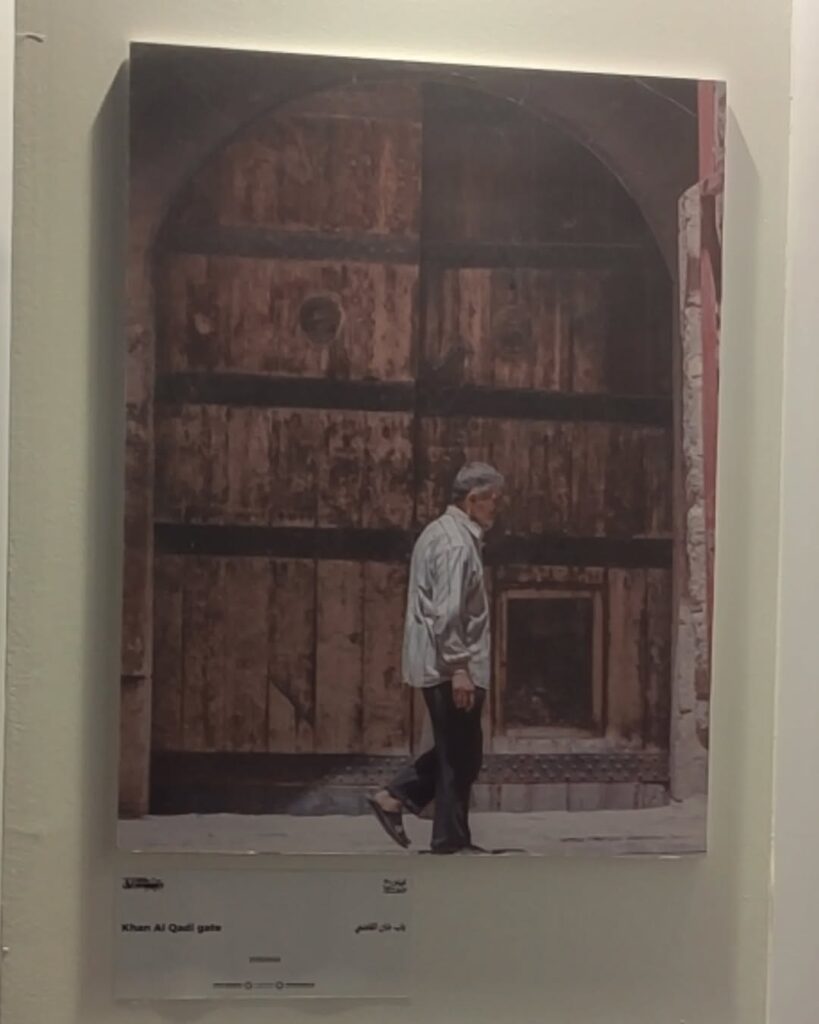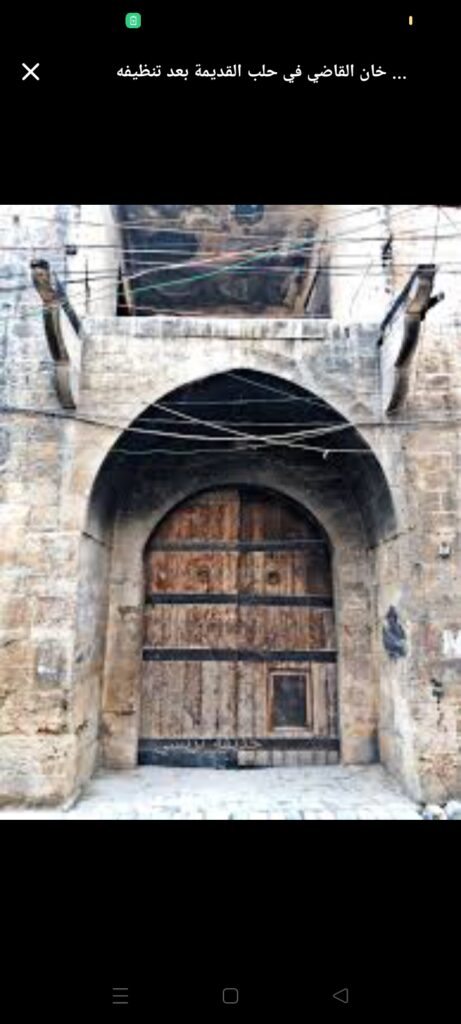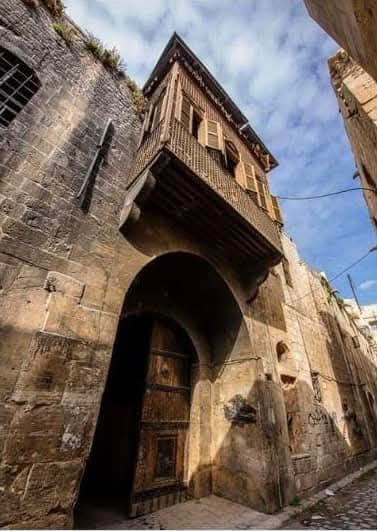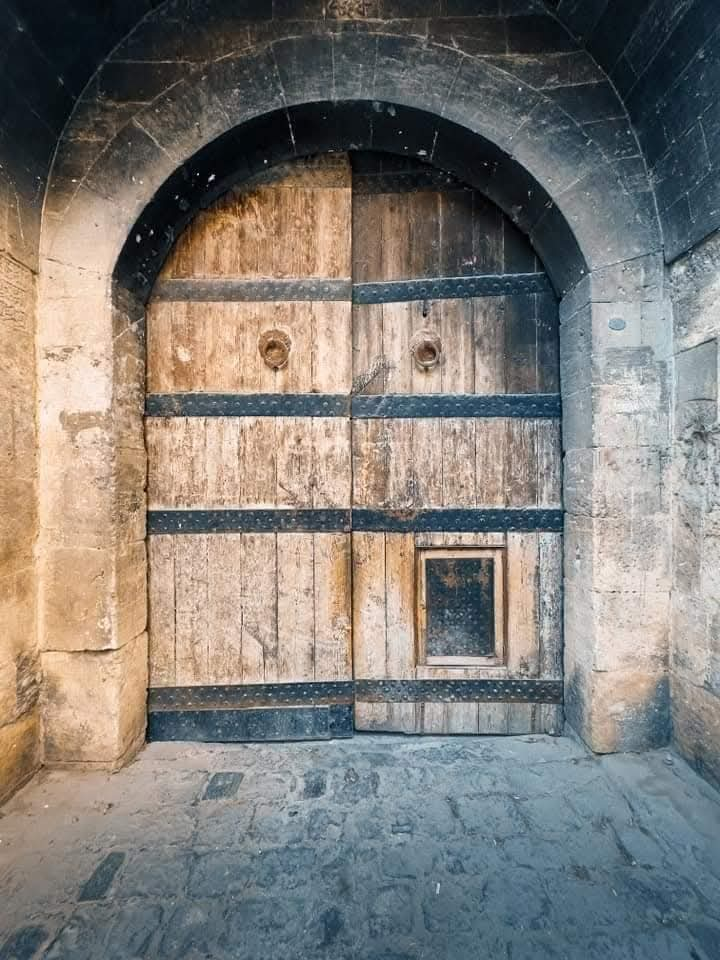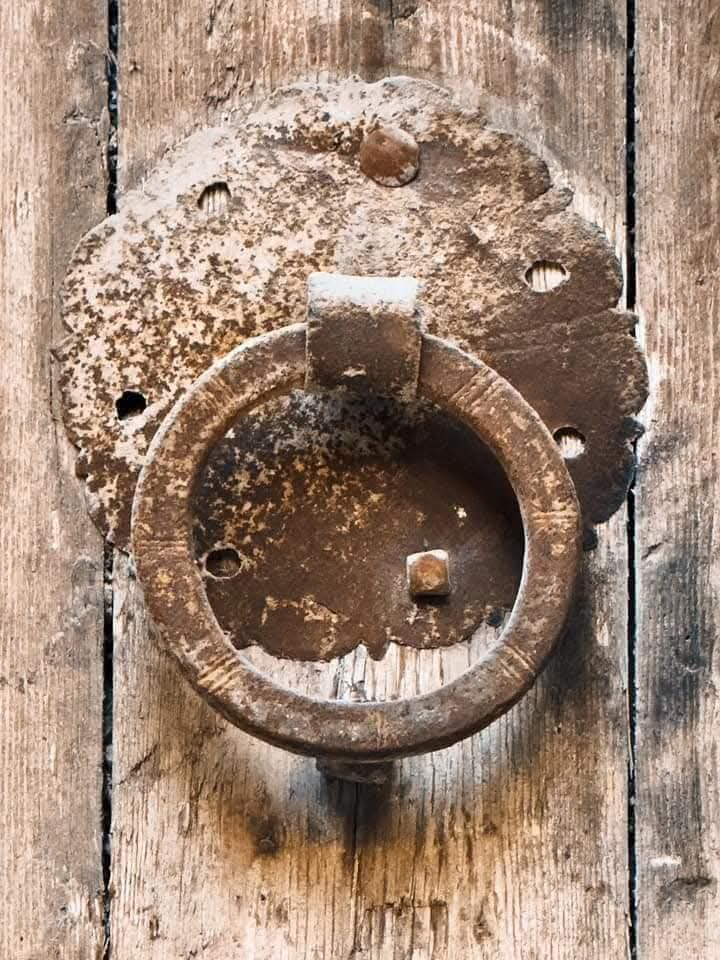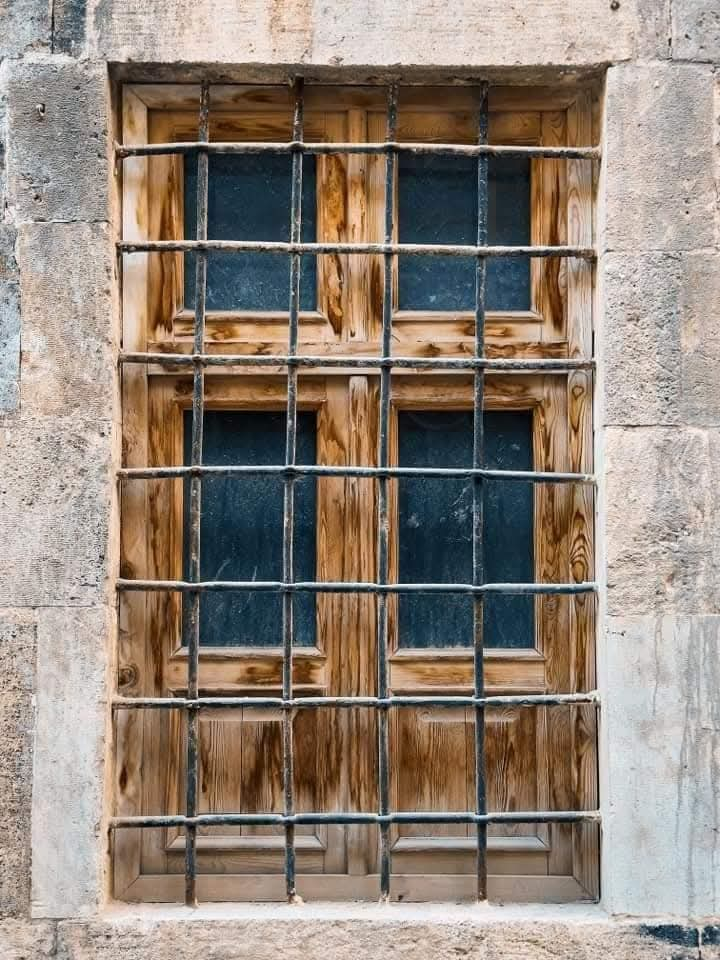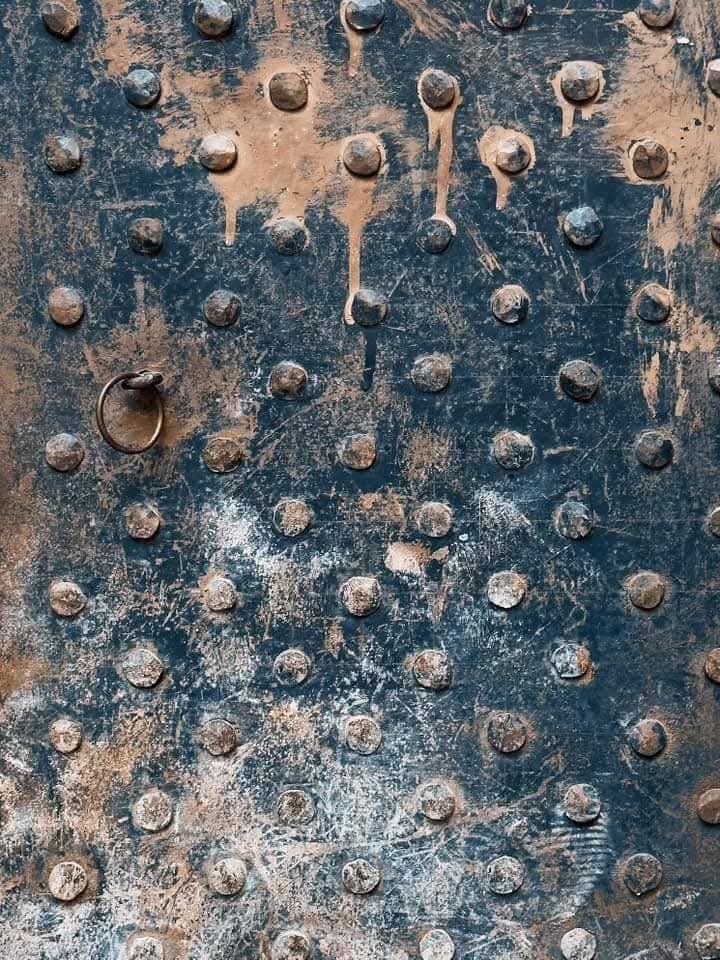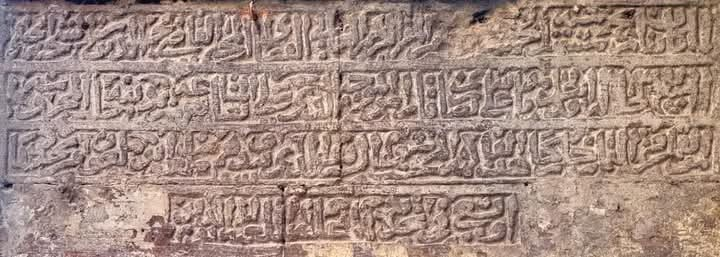Khan al-Qadi was built in 1450 AD (854 ah) by Kamal al-Din al-Ma’arri, the judge of Aleppo. It is located in the Bab Qinnasrin district, directly across from the Arghun Bimaristan. The Khan was originally created to offer lodging to merchants who arrived the city, especially from neighboring countries such as Diyarbakir and Mosul. The strategic location near Aleppo’s bustling souqs and commercial hubs made it an important stop for traders. A quarter of the stores within Khan were allocated to support students at the Hakimiyya School, with a waqf inscription detailing the annual rental fees. The Khan contained a serviced stone staircase that led to an upper level of sleeping quarters. Khan al-Qadi is still one of the oldest surviving caravans in Aleppo, and stands as a testimony to the city’s prosperity as a commercial and cultural center in Mamluk and Ottoman periods. Sellers welcomed it from different regions, and promoted trade and cultural exchange between East and West. Following the decline of trade, the khan was repurposed as a storage facility for cotton traders. In 2015, it underwent restoration and was revived as a marketplace that specializes in olive wooden crafts, and demonstrated how waqf concludes historically funded education through rental income.
